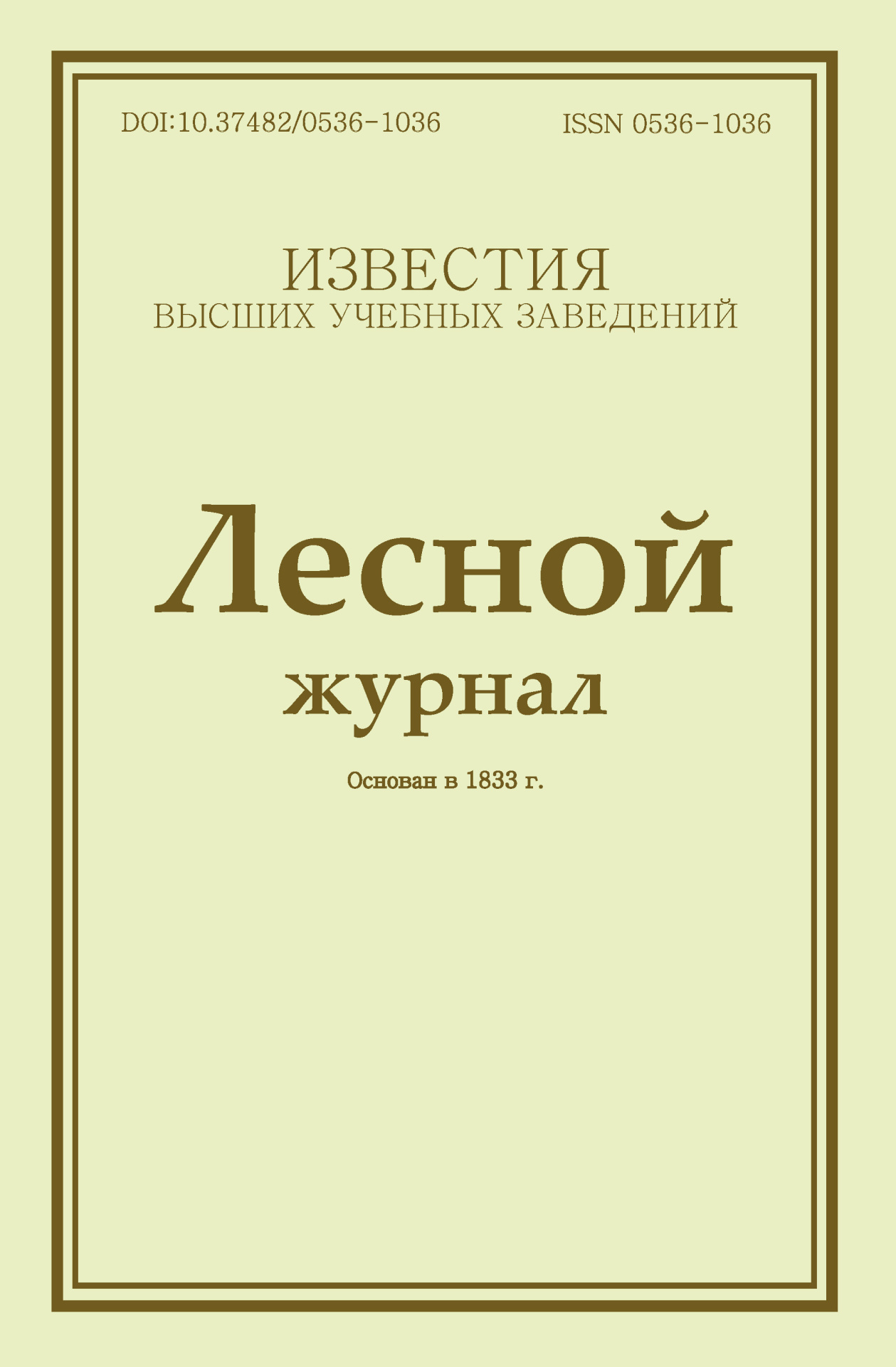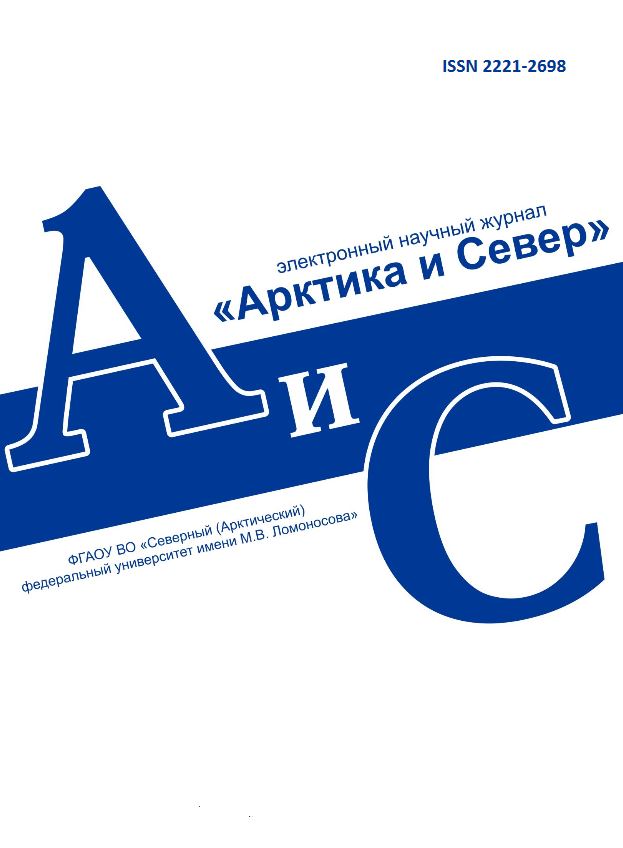
Vestnik of Northern (Arctic) Federal University.
Series "Humanitarian and Social Sciences"
ISSN 2227-6564 e-ISSN 2687-1505 DOI:10.37482/2687-1505
Legal and postal addresses of the founder and publisher: Northern (Arctic) Federal University named after M.V. Lomonosov, Naberezhnaya Severnoy Dviny, 17, Arkhangelsk, 163002, Russian Federation Editorial office address: Vestnik of Northern (Arctic) Federal University. Series "Humanitarian and Social Sciences", 56 ul. Uritskogo, Arkhangelsk
Phone: (8182) 21-61-20, ext. 18-20 ABOUT JOURNAL |
Section: History Download (pdf, 0.4MB )UDC[94(47).084.6:656](470.55)DOI10.37482/2687-1505-V402AuthorsMarina N. PotemkinaDr. Sci. (Hist.), Prof. at the World History Department, Nosov Magnitogorsk State Technical University (address: prosp. Lenina 38, Magnitogorsk, 455000, Chelyabinskaya obl., Russia), Leading Researcher at the Russian Presidential Academy of National Economy and Public Administration (address: prosp. Vernadskogo 82, Moscow, 119571, Russia). e-mail: mpotemkina@mail.ru*, ORCID: https://orcid.org/0000-0001-7056-1258 Yuliya N. Khramshina Postgraduate Student, Nosov Magnitogorsk State Technical University (address: prosp. Lenina 38, Magnitogorsk, 455000, Chelyabinskaya obl., Russia). e-mail: yu.hramshina@magtu.ru, ORCID: https://orcid.org/0000-0001-9859-4991 AbstractThe article dwells on the tram service as the key means of passenger transportation in the cities of the Russian Soviet Federative Socialist Republic. Using data for the Chelyabinsk Region, the paper aims to identify factors that influenced the quality of passenger transportation, passenger experience with the tram, and conflicting assessments of the quality of passenger transportation. The research was performed within the framework of the methodology of economic history, supplemented by the provisions of the theory of mobilities, and is an attempt to present the history of passenger transportation as a multifactorial process. The authors examine the formal and qualitative characteristics of the tram service: the dispatch system, the state of the tram stops and the rolling stock, the total number of cars, the number of cars on the line, the power supply for the trams, and the experience of passengers waiting for the tram. Passengers and local newspapers often criticized the trams for running late, although long waits were quite common. However, despite constant criticism, the tram remained the leading urban transport in the 1930s and 1940s since it was important for Soviet industrialization. Based on the analysis of archival documents and periodical press materials, the authors conclude that the residual principle of supplying tram enterprises of the Chelyabinsk Region with cars and the secondary role of urban electric transport in the structure of the Soviet economy had a negative impact on passenger transportation, whose main function during the period of industrialization and the Great Patriotic War was to take workers to and from industrial enterprises. By the end of the 1940s, connecting places of residence with social and cultural facilities had become more important.Keywordstram, urban public transport, Chelyabinsk Region, passenger transportation, organization of passenger transportation, 1930s – 1940sReferences
|
Make a Submission
INDEXED IN:
|
Продолжая просмотр сайта, я соглашаюсь с использованием файлов cookie владельцем сайта в соответствии с Политикой в отношении файлов cookie, в том числе на передачу данных, указанных в Политике, третьим лицам (статистическим службам сети Интернет).






